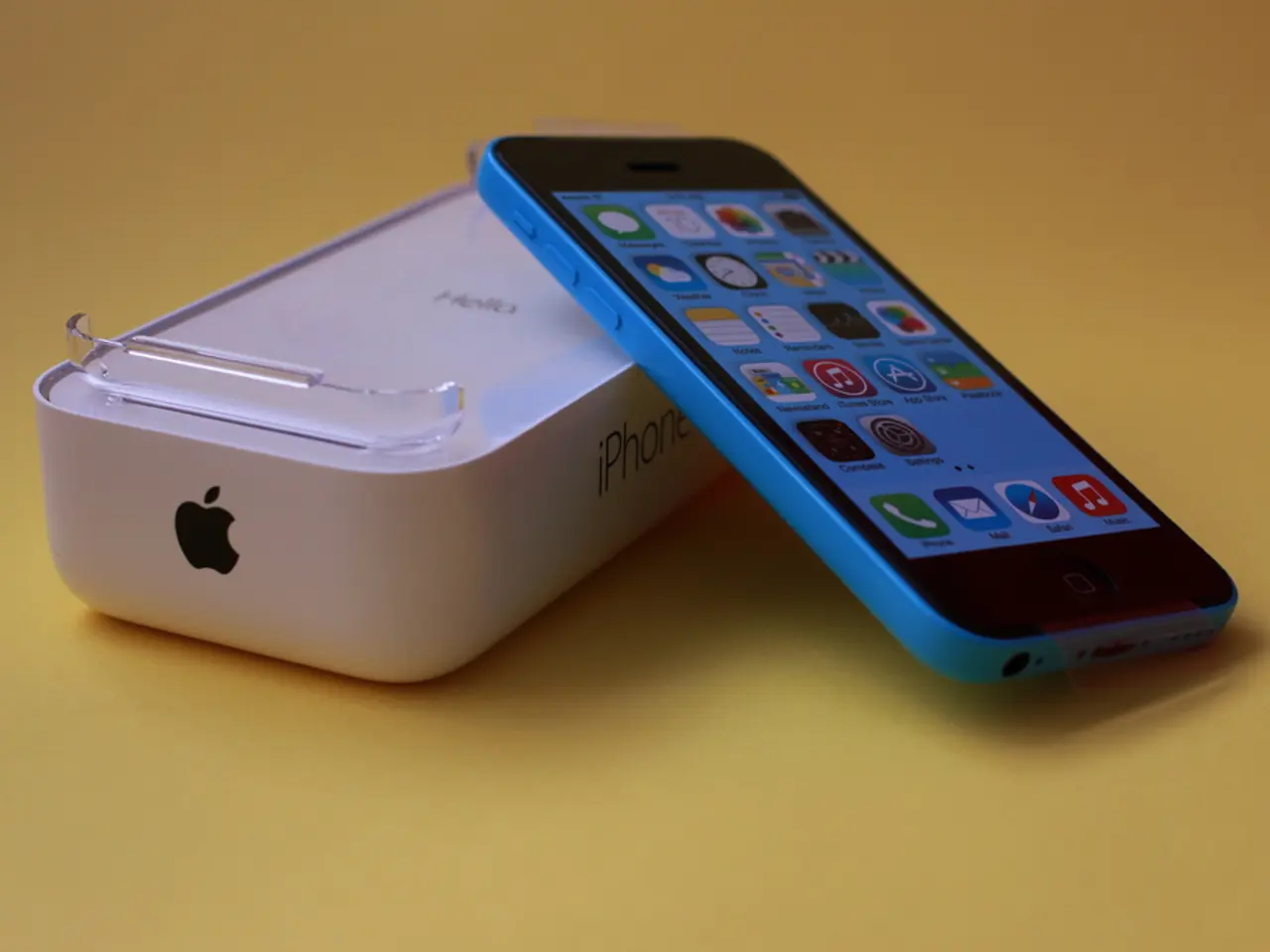Troubleshooting Bose Speaker Connection Issues with an iPhone
In this article, we'll guide you through the process of connecting your Bose speaker to your iPhone and troubleshooting any potential issues that may arise.
Firstly, downloading the Bose Connect app can help manage Bluetooth connections and access additional features of your Bose speaker. This app simplifies the pairing process and troubleshoots connectivity issues efficiently.
To put your Bose speaker in pairing mode, refer to the user manual of the specific model. Keeping the iPhone and the Bose speaker within close proximity during the connection process can improve the connection.
Here's a step-by-step guide to troubleshoot a Bose speaker not connecting to an iPhone:
- Reset the Bose Speaker: Press and hold the power button for about 10 seconds until the speaker powers off and then back on. This can clear temporary glitches.
- Enter Bluetooth Pairing Mode: Press and hold the Bluetooth button on the speaker until the indicator light blinks blue, signaling it's in pairing mode.
- Check iPhone Bluetooth Settings: On your iPhone, ensure Bluetooth is enabled. Go to Settings > Bluetooth, turn it on, and refresh the device list to search for the Bose speaker.
- Select the Bose Speaker: When the Bose speaker appears under “My Devices” or “Other Devices,” tap on it to connect.
If the connection fails, follow these steps:
- Forget the Bose device on your iPhone (tap the “i” icon next to the device name and select “Forget This Device”) and try pairing again.
- Restart your iPhone.
- Make sure the speaker’s firmware is up to date (if applicable, check Bose support for specific update instructions).
These steps apply generally and are based on official Bose pairing troubleshooting for models like Bose Speaker 416776 and typical SoundLink speakers. For model-specific guides and firmware updates, visit the Bose support website corresponding to your speaker model.
Regularly clearing out old or unused Bluetooth connections can help maintain optimal performance on the iPhone. Check for available updates on the iPhone and the Bose speaker through the Settings app and the Bose Connect app, respectively.
If connectivity issues persist, consider performing a factory reset on the Bose speaker. A simple reset of the devices can often solve many connectivity problems. Restarting both the iPhone and the Bose speaker can reset the connection process.
Interference from other wireless devices or certain environmental factors can affect the Bluetooth connection between the iPhone and Bose speaker. If your Bose speaker keeps disconnecting from your iPhone, ensuring both devices are within close proximity, and updating software on both devices can help resolve compatibility issues.
Some older Bose speaker models may have compatibility issues with newer iPhones. If a Bose speaker becomes unresponsive, it may be necessary to perform a factory reset (refer to the user manual for specific instructions).
Remember, outdated software on either the iPhone or the Bose speaker can lead to decreased performance and connection issues. The connection process between a Bose speaker and an iPhone involves pairing mode, device discovery, and selection. To forget a previously connected Bose speaker from an iPhone, navigate to the Bluetooth settings, tap the information icon (i) next to the speaker name, and select "Forget This Device".
Lastly, if your Bose speaker is not charging, it may be a hardware issue, and contacting Bose customer support or visiting an authorized service center may be the next best step. Some newer Bose models support a multi-device connection feature called "Bose SimpleSync."
We hope this guide helps you connect and enjoy your Bose speaker with your iPhone. Happy listening!
Smart-home devices like Bose speakers can be paired with gadgets such as iPhones using technology, as explained in this article. To ensure a smooth connection, it's beneficial to regularly update the software on both devices and keep them within close proximity during the pairing process.




